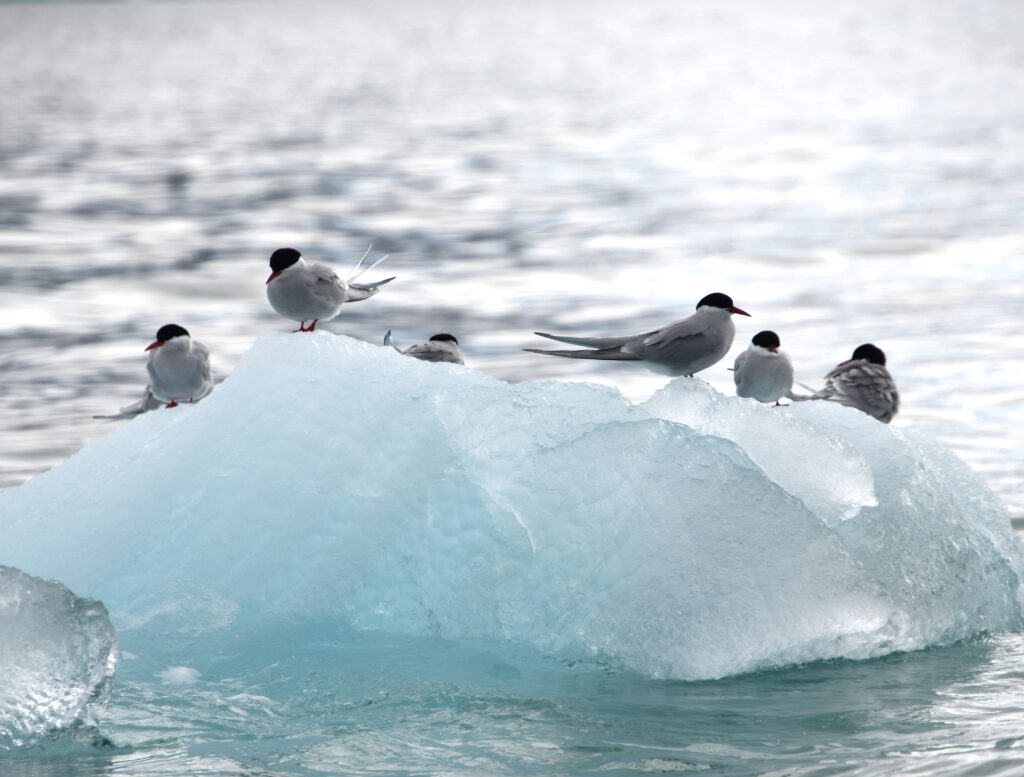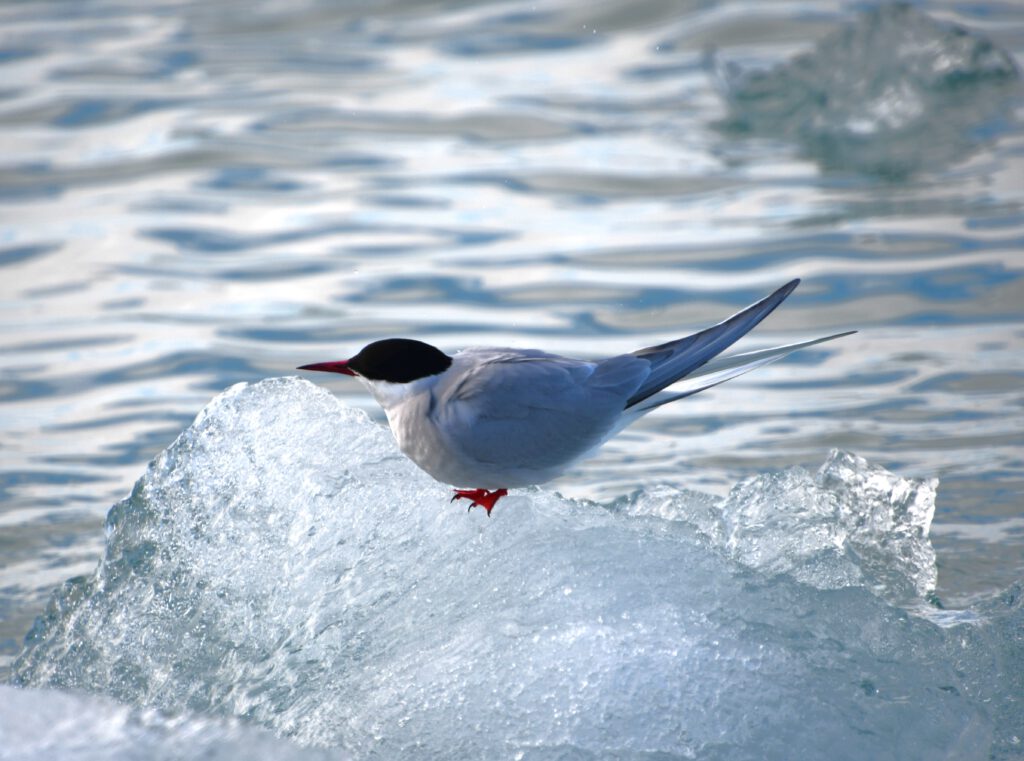Arctic Tern Attack! // Angriff der Küstenseeschwalbe!
EN: Arctic terns have a reputation. They are beautiful, elegant birds which can turn into the devil during the breeding season. 😉



Arctic terns are famous for undergoing the longest migration in the animal kingdom. They spend the summer time in the Northern hemisphere in their breeding grounds in the Arctic and sub-Arctic.

Subsequently, they fly as far south as Antarctica spending the summer on the Southern hemisphere. Because of this, the Arctic tern experiences more sunlight than any other creature on Earth. In a single year, individuals travel tens of thousands of kilometers. Arctic terns cover roughly the same distance as a round trip from the earth to the moon three times during their lifetime!
Arctic terns are ground-besting birds. The male and female share the duty of incubating the egg for 22 to 27 days. The chicks are precocial meaning that they are pretty far developed compared to the chicks of some other birds when they hatch. Within a day or two they start to explore their surroundings. For the first 10 days, they are brooded by their parents before fledging when are 21-24 days old
Arctic terns are very committed parents and will do anything to protect their egg and chick. When a predator (or an unsuspecting human) is gets close, they do something called dive-bombing. They aim at you from up in the air and swoop down and attack your head. Arctic terns are relatively small birds but this really isn’t any fun.
In this case (see video), a bunch of Arctic terns were breeding on a field next to a church and a library on a small island in Iceland. While most of them didn’t bother, one of them did not like me being around and started dive-bombing. I did the one thing you’re supposed to do: back off and retreat in the same direction you came from!
DE: Küstenseeschwalben haben einen gewissen Ruf. Diese hübschen, eleganten Vögel können sich während der Brutzeit in kleine Teufel verwandeln. 😉
Küstenseeschwalben sind dafür bekannt, die längste Wanbderung im Tierreich zu unternehmen. Sie verbringen den Sommer auf der Nordhalbkugel in ihren Brutgebieten in der Arktis und Subarktis.
Danach fliegen sie Richtung Süden, manche bis in die Antarktis, und verbringen den Sommer auf der Südhalbkugel. Aus diesem Grund bekommt die Küstenseeschwalbe mehr Sonnenlicht ab als jedes andere Lebewesen auf der Erde. In einem einzigen Jahr legen einzelne Tiere Zehntausende von Kilometern zurück. In ihrem ganzen Leben legen Küstenseeschwalben etwa die gleiche Entfernung zurück wie eine Hin- und Rückreise von der Erde zum Mond – und das 3 Mal!
Küstenseeschwalben sind Bodenbrüter. Männchen und Weibchen teilen sich die Aufgabe, das Ei 22 bis 27 Tage lang auszubrüten. Die Küken sind Nestflüchter, das heißt, sie schlüpfen im Vergleich zu den Küken manch anderer Arten schon recht weit entwickelt. Innerhalb von ein oder zwei Tagen beginnen sie, ihre Umgebung zu erkunden. Im Alter von 21 bis 24 Tagen werden sie flügge.
Küsenseeschwalben sind sehr engagierte Eltern und tun alles, um ihr Ei bzw. ihr Küken zu schützen. Wenn ein Raubtier (oder ein ahnungsloser Mensch) zu nahe kommt, führen sie einen Sturzflug aus. Sie zielen aus der Luft auf doch, stürzen sich herab und greifen deinen Kopf an. Küstenseeschwalben sind relativ kleine Vögel, aber das ist trotzdem extrem unangehm.
In diesem Fall (siehe Video) brüteten ein paar Küstenseeschwalben auf einem Feld neben einer Kirche und einer Bibliothek auf einer kleinen Insel in Island. Während die meisten sich nicht daran störten ließen, mochte es eine von ihnen so gar nicht, dass ich in der Nähe war, und begann, mich im Sturzflug anzugreifen. Ich tat das Einzige, was man tun sollte: zurückweichen und in die gleiche Richtung zurückgehen, aus der man gekommen ist!

